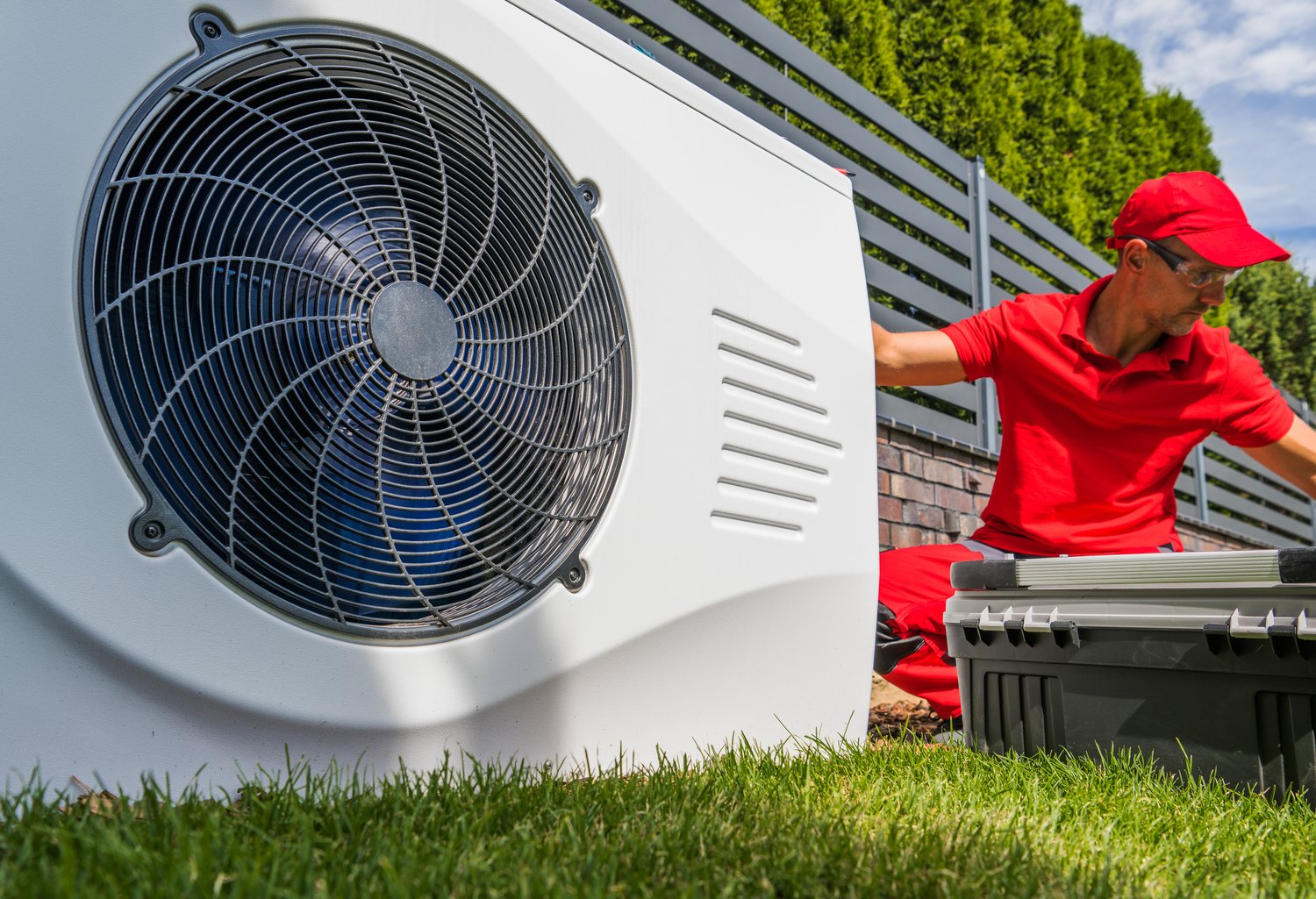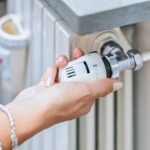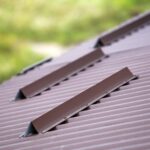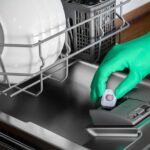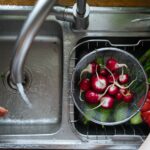Understanding heat pump technology basics
Heat pumps represent one of the most efficient heating solutions available today. These systems work by transferring thermal energy from one location to another using refrigeration principles. They can extract warmth from outdoor air, ground, or water sources even in cold temperatures. Modern heat pump technology achieves efficiency ratings of 300% to 500%, meaning they produce 3 to 5 units of heat for every unit of electricity consumed.
The refrigeration cycle forms the core of every heat pump operation. This process involves four main components: an evaporator, compressor, condenser, and expansion valve. Refrigerant fluid circulates through these components, changing between liquid and gas states. The system absorbs heat at low temperatures and releases it at higher temperatures inside your property.
Energy efficiency ratings help customers compare different models effectively. The Coefficient of Performance (COP) measures heating efficiency, while the Seasonal Performance Factor (SPF) accounts for varying conditions throughout the year. Premium models achieve COP ratings above 4.0 in optimal conditions. These ratings directly impact operating costs and environmental benefits.
Installation complexity varies significantly between different heat pump types. Professional assessment determines the most suitable system for each property. Factors include available space, existing heating infrastructure, and local climate conditions. Proper sizing ensures optimal performance and prevents unnecessary energy waste.
Government incentives currently support Heat pumps (onninen.pl/en/products/Heat-pumps) adoption across many regions. The UK’s Boiler Upgrade Scheme provides grants up to £7,500 for qualifying installations. Similar programs exist throughout Europe, reducing initial investment costs. These incentives make heat pump technology more accessible to homeowners.
Air source heat pump advantages and considerations
Air source heat pumps extract thermal energy from outdoor air temperatures. These units operate effectively in temperatures as low as -15°C to -20°C. They require minimal ground preparation compared to alternative systems. Installation typically takes 1 to 2 days with experienced technicians.
Lower installation costs make air source systems attractive to many customers. Total project expenses range from £8,000 to £15,000 depending on property size and complexity. This investment includes the outdoor unit, indoor components, and professional installation services. Financing options help spread costs over several years.
Outdoor space requirements remain relatively modest for most properties. The external unit needs adequate airflow clearance of at least 1 meter on all sides. Noise levels typically measure between 40 to 60 decibels at 1 meter distance. Modern models incorporate sound-dampening features to minimize disturbance.
Seasonal performance varies with outdoor temperature fluctuations throughout the year. Efficiency decreases as ambient temperatures drop below freezing points. However, Air source heat pumps (onninen.pl/en/products/Heat-pumps/Air-source-heat-pumps) still maintain acceptable performance in cold climates. Backup heating systems may supplement extremely cold periods.
Maintenance requirements include annual professional servicing and regular filter cleaning. Outdoor units need occasional debris removal and coil cleaning. Indoor components require periodic inspection of connections and refrigerant levels. Preventive maintenance extends system lifespan to 15-20 years with proper care.
Ground source heat pump installation requirements
Ground source systems utilize stable soil temperatures for consistent thermal energy. Underground temperatures remain relatively constant at 8°C to 12°C year-round below 1.5 meters depth. This stability provides superior efficiency compared to air source alternatives. Installation requires significant excavation or drilling operations on the property.
Horizontal ground loop systems need substantial garden space for pipe installation. These configurations require approximately 400 to 600 square meters of available land area. Pipes are buried at depths between 1.2 to 2 meters below ground level. This method suits properties with adequate outdoor space and accessible terrain.
Vertical borehole systems offer solutions for properties with limited land availability. These installations involve drilling holes 80 to 200 meters deep into the ground. Each borehole accommodates vertical pipe loops connected to the heat pump system. Drilling costs increase total project expenses but require minimal surface area.
Initial investment costs for ground source systems exceed air source alternatives significantly. Total installation expenses range from £15,000 to £25,000 including excavation and professional services. However, Ground source heat pumps (onninen.pl/en/products/Heat-pumps/Ground-source-heat-pumps) deliver higher efficiency ratings throughout their operational lifetime. Lower running costs offset higher upfront investments over 10 to 15 years.
Ground conditions significantly impact installation feasibility and system performance. Rocky terrain increases drilling complexity and associated costs. High water table levels may affect excavation methods and pipe placement. Professional soil surveys identify potential challenges before project commencement and ensure optimal system design.
Selecting the appropriate system for your property
Property size directly influences heat pump capacity requirements and system selection. Heating load calculations determine the necessary output measured in kilowatts (kW). Typical residential systems range from 5kW for small homes to 15kW for larger properties. Undersized systems struggle to maintain comfortable temperatures while oversized units cycle inefficiently.
Existing heating infrastructure affects installation complexity and additional component requirements. Properties with underfloor heating systems maximize heat pump efficiency due to lower operating temperatures. Radiator systems may require upgrades to larger units or additional radiators. Hot water cylinders need compatibility assessment for integrated heating solutions.
Local climate conditions influence system performance and appropriate technology choices. Coastal areas with mild winters favor air source installations for cost-effectiveness. Inland regions with harsh winters benefit from ground source stability. Average winter temperatures below -10°C may require hybrid systems combining multiple technologies.
Available space constraints determine feasible installation options for each property. Urban homes with small gardens may only accommodate air source units. Rural properties offer flexibility for ground source systems with extensive loop fields. Planning permissions may apply for certain installations depending on local regulations.
Long-term cost analysis helps customers make informed investment decisions. Operating expenses include electricity consumption, annual maintenance, and potential repairs. Energy savings compared to traditional heating systems typically range from 30% to 60% annually. Payback periods vary from 7 to 12 years depending on system type and energy prices.

